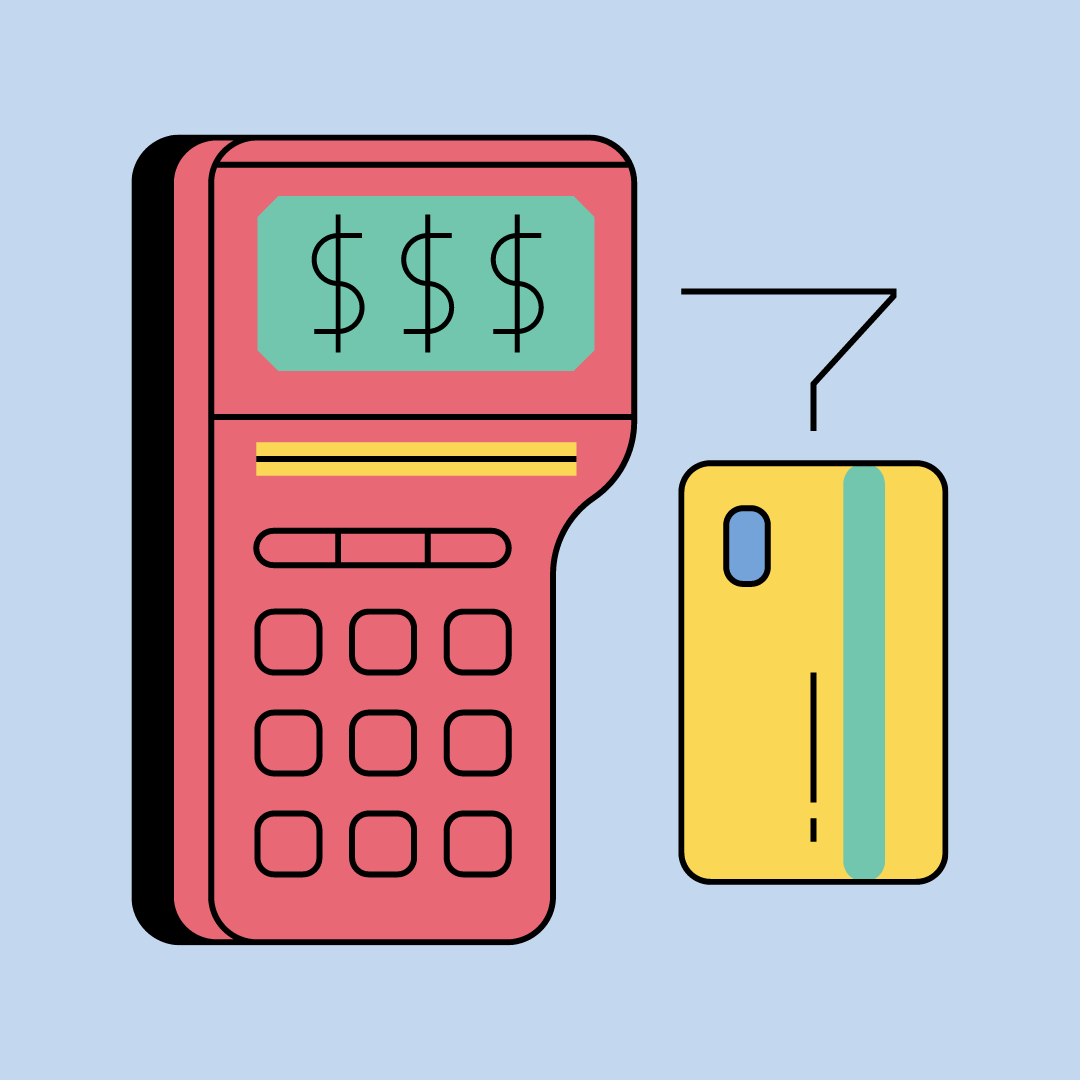
Managing your bank accounts efficiently involves understanding best practices for managing them, utilizing your bank or credit union's resources and making informed financial decisions. This article will explore essential strategies from choosing the right type of bank and checking account balance to leveraging your bank's mobile banking app for optimal account management.
Understanding your Account
Explore the different types of bank accounts, such as checking, savings and money market accounts at various financial institutions. Learn about their specific uses, from everyday spending with a debit card to saving money for future goals through a high-yield savings account. Master how to monitor checking account balances and track financial transactions using your bank's mobile banking app, ensuring effective cash management.
Click here to learn more about your bank account number
Account Alerts Settings
Mobile banking alerts are essential tools in the age of digital banking, increasing your awareness of account activities and assisting in financial management. Employ robust security practices to manage your account online, such as using strong passwords and enabling two-factor authentication. Use the security features of your bank's mobile app to protect against unauthorized access and ensure the safety of your financial transactions.
By setting up alerts, you can receive notifications for various events, such as when your balance falls below a certain threshold, which helps prevent overdraft fees. Alerts for large deposits or withdrawals can also help monitor for fraudulent transactions, especially important in multiple bank accounts at different financial institutions.
In addition, many banks and credit unions now offer customizable alert options, allowing you to receive updates on account balances at set times or even unusual card activity, further securing your financial transactions and helping to maintain good cash flow management.
Budgeting and Expense Tracking
Effective budgeting is crucial to financial stability, and modern money management tools are designed to meet this need by providing detailed information about your variable and fixed expenses. These tools sync with your bank accounts to automatically categorize transactions, making it easy to track where your money is going and identify areas for potential savings.
Using direct deposit strategically can automate much of your financial planning, ensuring that essential expenses, such as monthly bills, are automatically covered, while also directing money to separate savings accounts designated for specific goals such as saving for an emergency fund or accumulating a down payment. This direct deposit setup not only simplifies financial management, but also helps maintain discipline in achieving your financial goals.
Use Automatic Saving Tools
Automatic savings tools are vital to building financial resilience without requiring constant manual intervention. Setting up automatic transfers between your checking account and high-yield savings accounts can significantly improve your savings efforts by taking advantage of the higher interest rates offered by these accounts. These tools can be programmed to transfer a fixed amount or percentage of your monthly income directly into a savings or investment account, ensuring that saving becomes an ongoing part of your financial routine.
In addition, some banks offer features such as "rounding" programs, where daily transactions are rounded to the nearest dollar and the difference is transferred to a separate savings account, effectively turning every purchase into a savings opportunity. Discussing these options provides a clear picture of how automatic savings tools not only help to achieve long-term financial goals, but also to more effectively manage day-to-day financial health.

Minimize Fees
Understanding and minimizing the fees associated with bank accounts is crucial to maintaining your financial health. Monthly service fees, minimum balance requirements, overdraft fees and other charges can quickly erode your savings if not managed properly. It is important to regularly review the terms and conditions of each bank account, as banks often change their fee structures. An effective strategy is to maintain a certain balance in the account that waives some of these fees.
Also, consider using a bank or credit union that offers fee-free checking and savings account options. Tools such as fee analysis apps can help identify potential savings by suggesting changes to how you manage your accounts or even recommending a switch to a different financial institution that offers lower fees. This proactive approach ensures you're always ahead of unnecessary spending, preserving more of your hard-earned money.
Common Rates:
- Monthly Service Fees: Charged for account maintenance, applicable to many checking and savings accounts.
- Minimum Balance Requirement Fees: Incurred when account balances fall below a specified threshold.
- Overdraft Fees: Charged when transactions exceed the account balance.
- ATM Fees: Applied when using ATMs outside your bank's network.
- Transaction Fees: Some accounts have fees for certain types of transactions, such as wire transfers or even excessive withdrawals.
Fee Avoidance Strategies:
- Maintain Minimum Balances: Keep your account above the required minimum to avoid monthly fees.
- Use In-Network ATMs: Withdraw cash from ATMs within your bank's network to avoid fees.
- Set up Alerts: Monitor your account balances and receive notifications to prevent overdrafts.
- Choosing the Right Type of Account: Opt for bank accounts that fit your financial habits, such as accounts with no monthly fees or accounts that offer fee waivers with direct deposits.
- Link Accounts: Link your checking and savings accounts to automatically cover deficits and avoid overdraft fees.
- Regularly Review Account Terms: Stay updated on any changes to your bank's fee structure and terms of service.
- Negotiate Fees: Some banks may waive fees if you discuss your account options with them, especially if you are a long-time customer with multiple accounts.
By implementing these strategies, you can minimize or even eliminate many of the fees typically associated with bank account management. This proactive approach not only helps save money, but also improves your overall financial health.
You Can Open Your Bank Account in Comun with VISA Card¹ Without Absurd Fees
Open your bank account¹ in just 3 minutes with your country's ID².
Documents accepted from all LATAM:
- Passport
- Identification card
- Driver's License
- Consular ID
- Visa
- And many more!
Unmatched benefits:
- $0 opening fee
- $0 minimum balance
- $0 monthly fee
Learn more about our services
We explain how to open a bank account in the U.S.
Regular Review and Revaluation
Consistently reviewing and reevaluating your financial goals and bank account configurations is key to adapting to changes in your financial situation and market conditions. This should include checking whether savings account interest rates are competitive, evaluating the benefits of having multiple accounts, and assessing whether your current bank meets your needs.
Regular reassessment can help identify opportunities to consolidate accounts, thereby simplifying finances and potentially reducing fees. In addition, consider setting reminders to review all direct deposits and automatic payments annually to ensure they align with your current financial goals and cash flow requirements. This regular review helps avoid financial complacency, ensuring that your banking arrangements are always optimized for your current financial situation and savings goals.
Account Linkage for Simplified Management
Linking your various bank accounts, whether at the same financial institution or several, can greatly improve your ability to manage finances smoothly. This can facilitate easier transfers between accounts, such as moving funds from a checking account to a savings account, which can be essential for managing monthly cash flow or saving for planned expenses such as vacations or holiday spending.
In addition, many financial institutions now offer sophisticated online and mobile tools that provide a unified view of all your accounts, even if they are at different banks. This integration can help you better understand your overall financial picture, making it easier to make informed decisions about where to allocate funds. Also, having a centralized hub to manage multiple accounts can reduce the time spent logging into multiple separate accounts and improve the accuracy of your budgeting and financial tracking.
Conclusion
Managing your bank accounts efficiently is not only about protecting your funds, but also about optimizing your financial operations to support your personal and financial goals. Throughout this article, we've explored a variety of strategies, from choosing the right type of account to taking advantage of advanced mobile banking tools. These practices are designed to improve your financial understanding, reduce unnecessary fees and improve overall cash flow management.
Finally, as we have discussed, utilizing alerts, understanding your bank's fee structure and employing automated savings tools are all critical aspects of maintaining robust financial health. Regular reviews and strategic account linking further simplify the management process, allowing for a smoother financial journey. By implementing these best practices, you can ensure that your bank accounts work harder for you, making everyday banking a powerful tool for long-term stability and success.











.svg)